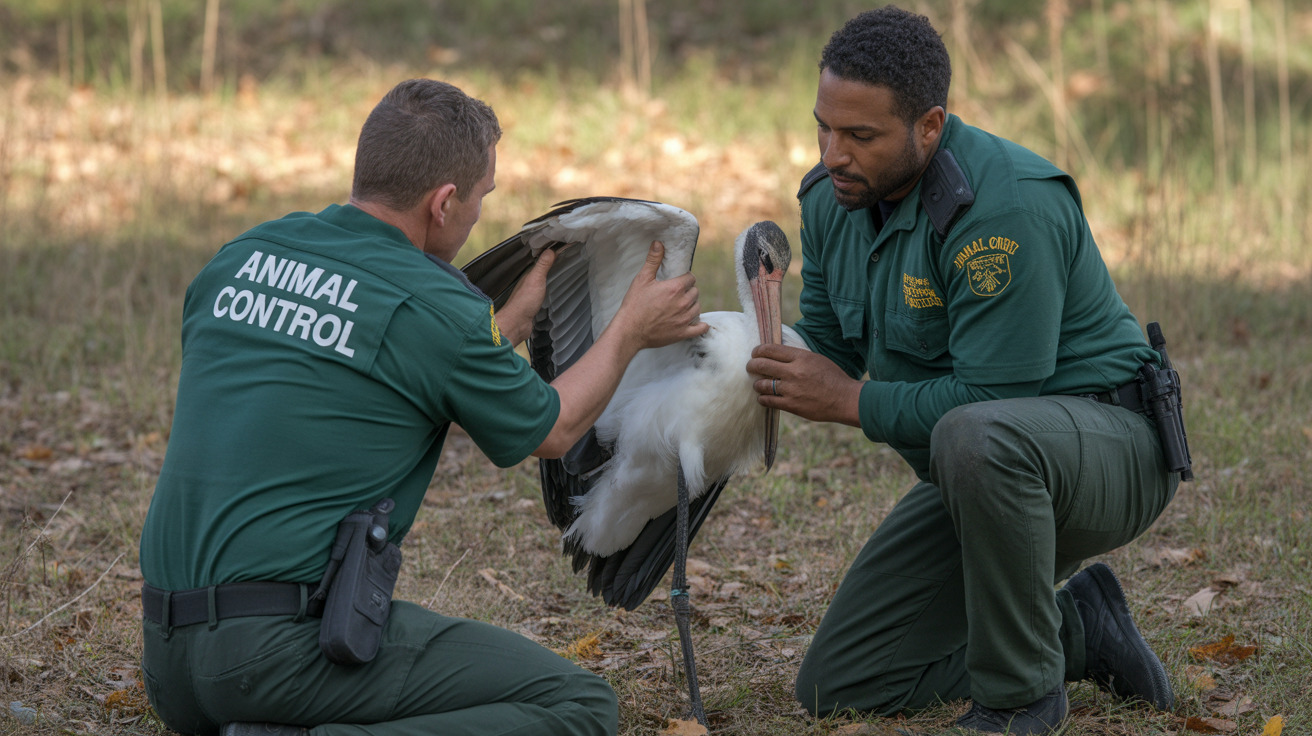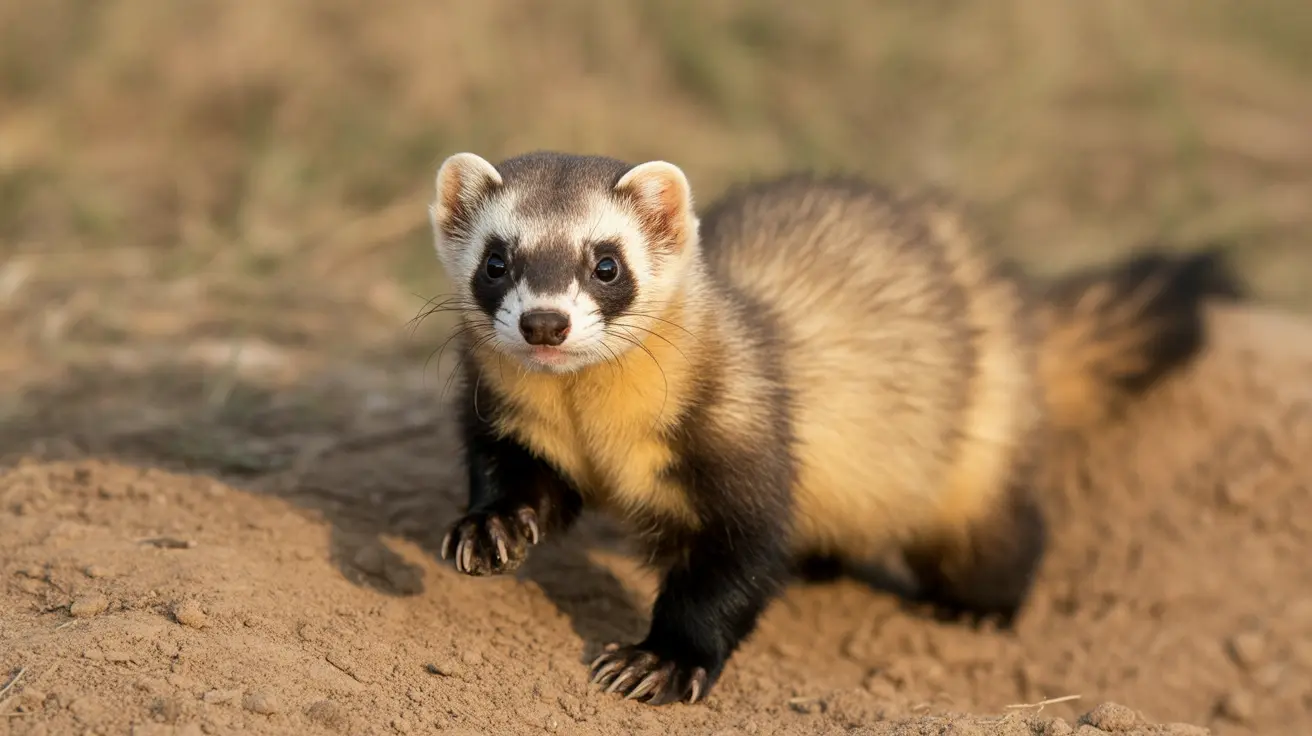Ever wondered how your feline friend navigates so effortlessly through your home in near-darkness? While cats don't have true night vision, they possess remarkable adaptations that allow them to see in conditions far too dim for human eyes. Let's explore the fascinating world of cat vision and understand exactly how these incredible animals make the most of low-light conditions.
From their specialized eye structure to their evolutionary advantages, cats have developed an impressive array of features that make them excellent nighttime hunters. Understanding these adaptations not only helps us appreciate our pets better but also explains many of their unique behaviors.
The Science Behind Cats' Enhanced Night Vision
Cats' eyes are masterfully designed for low-light vision, featuring several key adaptations that give them a significant advantage over humans in dim conditions. Their eyes are approximately six to eight times more efficient at utilizing available light, making them perfectly suited for dawn and dusk activities.
The Role of the Tapetum Lucidum
One of the most crucial features of cat vision is the tapetum lucidum, a reflective layer behind the retina that acts like a natural mirror. This specialized tissue bounces light back through the retina, giving photoreceptors a second chance to capture light that would otherwise be lost. This is also what causes the distinctive glowing effect when light hits a cat's eyes at night.
Anatomical Features That Enhance Low-Light Vision
Specialized Retinal Structure
Cats' retinas contain a higher concentration of rod cells compared to humans. These rod cells are specifically designed to detect movement and function in low light, though this comes at the expense of color vision and fine detail perception.
Unique Pupil Design
The distinctive vertical-slit pupils of cats can dilate dramatically, allowing them to control light intake with incredible precision. In low light, these pupils can expand to cover almost the entire visible portion of the eye, maximizing light collection.
Limitations of Feline Vision
Despite their superior night vision abilities, cats do have some limitations. They cannot see in complete darkness and require at least some ambient light to navigate. Additionally, their enhanced night vision comes with trade-offs in other areas of visual perception:
- Reduced color vision compared to humans
- Less ability to focus on close objects
- Decreased visual acuity for fine details
- Limited depth perception in very low light conditions
Practical Implications for Cat Owners
Understanding your cat's vision capabilities can help you create a more comfortable environment and better understand their behavior. Consider providing some ambient lighting in areas where your cat spends time at night, and be mindful that sudden bright lights can be particularly disorienting for them.
Frequently Asked Questions
How do cats' eyes enable them to see better in low light compared to humans?
Cats have several adaptations including the tapetum lucidum, more rod cells in their retinas, and larger pupils that can dilate significantly. These features combined allow them to see in light conditions six times dimmer than what humans need.
Can cats see in total darkness or do they need some light to navigate?
Cats cannot see in total darkness - they require at least some ambient light to see. However, they need only about one-sixth the amount of light that humans do to see clearly.
What is the tapetum lucidum and how does it help cats' night vision?
The tapetum lucidum is a reflective layer behind the retina that bounces light back through the eye's light-sensitive cells, giving them a second chance to capture light. This significantly enhances cats' ability to see in low light conditions.
Why do cats' eyes glow in the dark when light shines on them?
The glow is caused by light reflecting off the tapetum lucidum and bouncing back out of the eye. This same mechanism that creates the glowing effect also helps cats see better in low light conditions.
How does a cat's night vision affect their hunting and activity patterns?
Cats' superior night vision makes them most active during dawn and dusk (crepuscular), when their enhanced low-light vision gives them an advantage in hunting. This evolutionary adaptation explains why many domestic cats are most active during these times.
Understanding your cat's unique vision capabilities can help you better appreciate their remarkable abilities and create an environment that supports their natural behaviors. While they may not have true night vision, their specialized adaptations make them incredibly well-suited for life in the shadows.






